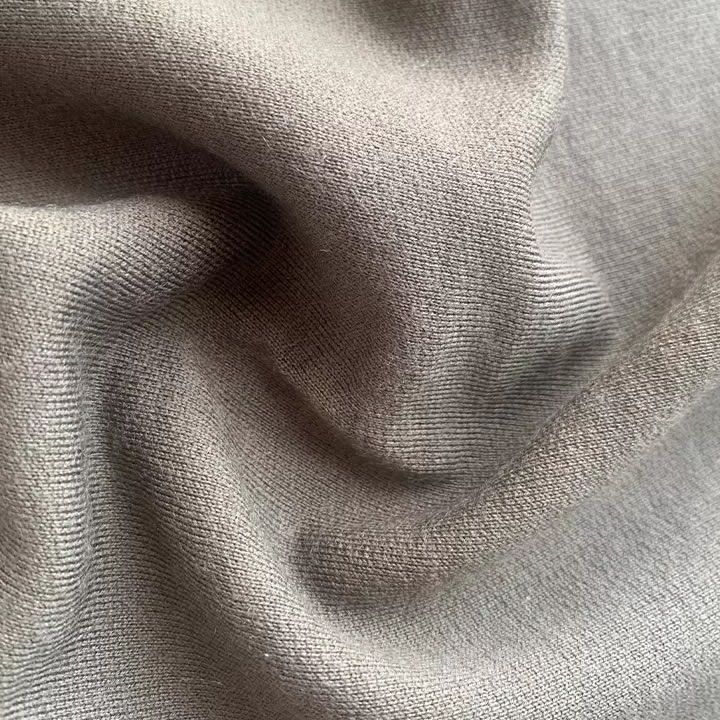Wool fabric is a natural fiber that has many amazing features. It is durable, breathable, and insulating, making it perfect for a variety of applications. In this blog post, we will discuss the many features of wool fabric and what makes it so special.
Stay tuned to learn more!
Moisture content
A wool fabric’s moisture content is an important factor in maintaining its insulating properties and making it comfortable to wear. It absorbs moisture from the air and maintains a constant equilibrium between the water absorbed and the air’s humidity.
At ambient humidity, wool contains between 10 and 15% of water by weight. However, during high relative humidity, the moisture content can increase up to 35%.
In either case, the moisture in a wool fabric is absorbed into the fabric’s internal structure and is not noticed by the wearer. This water content is a buffer between the environment and the garment and therefore protects against sudden temperature changes.
Thread count
Thread count is also referred to as thread density. The number of yarns per square inch is calculated by multiplying the warp density of the fabric by the weft density. The higher the thread count, the smoother and silkier the fabric will feel.
Also, a higher thread count means a more expensive fabric.
The thread count is expressed as the number of threads per square inch. The number is measured in, which is 17 to 18 um. Higher thread counts are more expensive, so it’s essential to look for high thread counts in wool fabrics.
Natural waviness
Wool fabric is naturally wavy. This irregularity is called “crimp” and helps keep the material more insulating. Wool is also very resilient and lasts longer than other fibers. Wool fabric is also known for its resilience and elasticity.
It is able to be bent up to 30,000 times without breaking. Wool is also highly resistant to dirt and odor. The small scales on the surface of wool fiber help keep dirt and odors from penetrating into the fabric. Wool is also an effective sound absorber.
Fire resistance
Wool fabric is resistant to fire because it requires more oxygen than most other fabrics. This means that if exposed to a naked flame, it may ignite, but it will not support the flame. Instead, it will eventually self-extinguish.
This property of wool allows it to resist the heat of the fire while still being very safe to wear. Additionally, wool does not emit any toxic gases when burned, and it also produces less smoke than most synthetic fibers.
Because of this natural fire resistance, wool clothing is perfect for outdoor use.
Wool clothing is the perfect choice for camping and hiking around a campfire. Wool also withstands high temperatures better than synthetics, which melt when exposed to heat. Besides being fire-resistant, wool also won’t stick to other surfaces.
Drying time
Whether you’re washing a wool coat, sweater, or pants, drying time is an important factor. Wool tends to remain fresh for a longer period of time than cotton or synthetics.
However, the amount of time needed to dry wool garments varies depending on their type and proximity to the skin. For example, a pair of merino wool long johns may need a wash after several days, while a cashmere wool sweater might need washing only a few times a year.
Conclusion
Wool is an excellent insulator and wicks moisture. It also dries more quickly than cotton.
This is a benefit to those who spend a lot of time outdoors and may experience heavy perspiration. We hope now you know better about wool fabric so that you can make an informed choice next time when you need to buy these materials for clothes.

